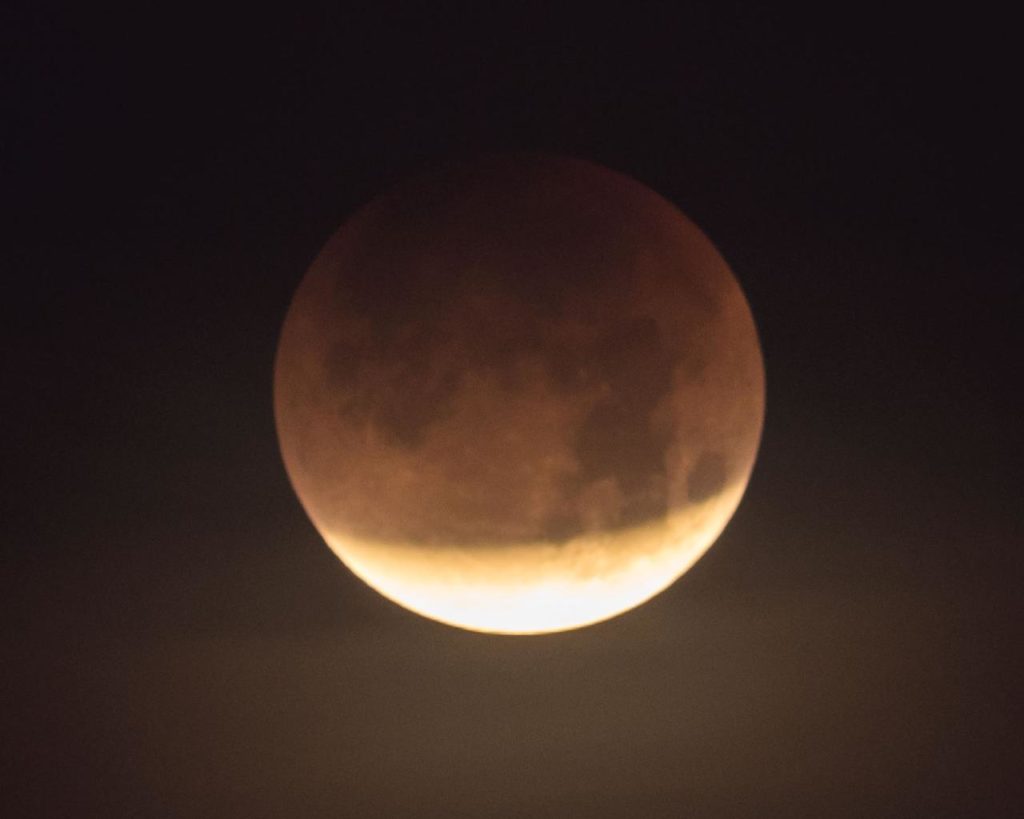
When junior Shane Smith started looking for a summer research internship last year, he never expected to work on a project analyzing radio signals that could provide proof of extraterrestrial life.
“I didn’t really know that there was actually a scientific community that was looking for aliens,” Smith, a physics major, said. “Usually when you think of that, you think of fringe scientific things where, ‘Oh a UFO was spotted,’ and stuff like that. It’s not like that at all.”
Smith was a research intern for the Breakthrough project at Berkeley Search for Extraterrestrial Intelligence Research Center based at the University of California-Berkeley. The program, which seeks to discover evidence of extraterrestrial life, was founded in 2015 by Dr. Stephen Hawking and Yuri Milner, an internet investor.
As an intern, Smith participated in Breakthrough Listen, a project that studies technosignatures, which are signs of past or present technology. He studied a radio signal coming from the direction of Proxima Centauri, a red-dwarf star in the Alpha Centauri system. At 4.24 light-years away, it is the closest known star to the sun but faint or invisible to the naked eye.
“The project that I was working on was looking for the radio spectrum for these types of signals that might show a sign of some sort of intelligent civilization pretty far away or even close to our own solar system,” Smith said.
The project garnered national attention. Last month, the New York Times ran a story on the mysterious radio signals and mentioned Smith by name. According to the Times, the signal Smith was working on was recorded by the Parkes radio telescope in New South Wales, Australia on April 29, 2019. The data was originally recorded to monitor Proxima Centauri for violent solar flares.
The signal, coming in at 982.002 MHz, is the first serious candidate Breakthrough Listen has had, according to the Times.
This radio telescope covers a large range of frequencies and is highly sensitive. Because the telescope picks up enormous amounts of data, Breakthrough Listen uses two filters to isolate unique signals.
The first filter analyzes if the signal is drifting in frequency, which weeds out signals coming from Earth. The second filter ensures that the signal is coming from a specific part of the sky.
“We look at the source for a certain amount of time and then off the source for a little bit,” Smith said. “And if it’s there when you’re looking toward the source but not when you’re looking away, it suggests that it’s coming from that localized point in the sky.”
Even if a specific signal makes it through these filters, it doesn’t guarantee it’s a sign of extraterrestrial intelligence. The project then analyzes the signal further to ensure it’s not coming from a satellite.
“Basically, the buzz around the Proxima Centauri observations is that we haven’t really been able to conclusively say that it is human-generated interference,” Smith said. “There’s just more analysis that needs to be done on it.”
While this radio signal is most likely human interference, there is still a possibility that life exists outside our planet.
“There are likely billions of Earth-like planets in our Milky Way galaxy alone. What are the chances that they’re all empty?” Timothy Dolch, associate professor of physics, said. “It’s hard to assign a number to the probability, but whatever that number is, it’s not zero.”
Smith credits his work on radio astronomy research with Dolch for sparking his interest in the subject. Smith has worked with the physics department on several projects, including analyzing data for the North American Nanohertz Observatory for Gravitational Waves. His experience in radio astronomy proved useful during his internship.
“His experience with programming, data analysis, and radio telescope hardware all came together and made him shine,” Dolch said.
While the radio signal may simply prove to be human interference, Smith said he is excited to have been able to participate in the field, and he continues to work part-time with Breakthrough Listen on further analysis.
“I just think it’s really cool to be involved in this research. Not many people really know about it or that it’s like a respected science.” Smith said.

